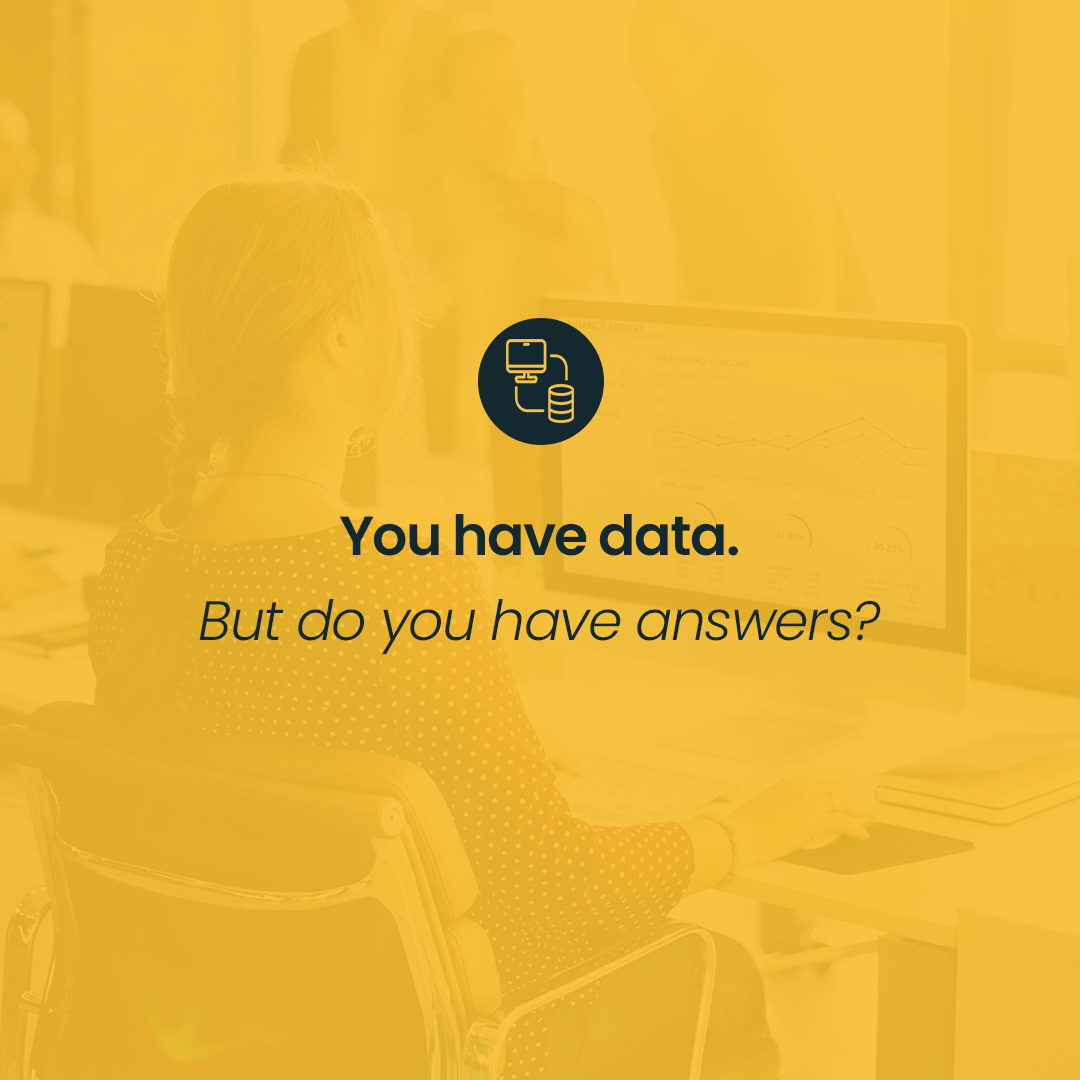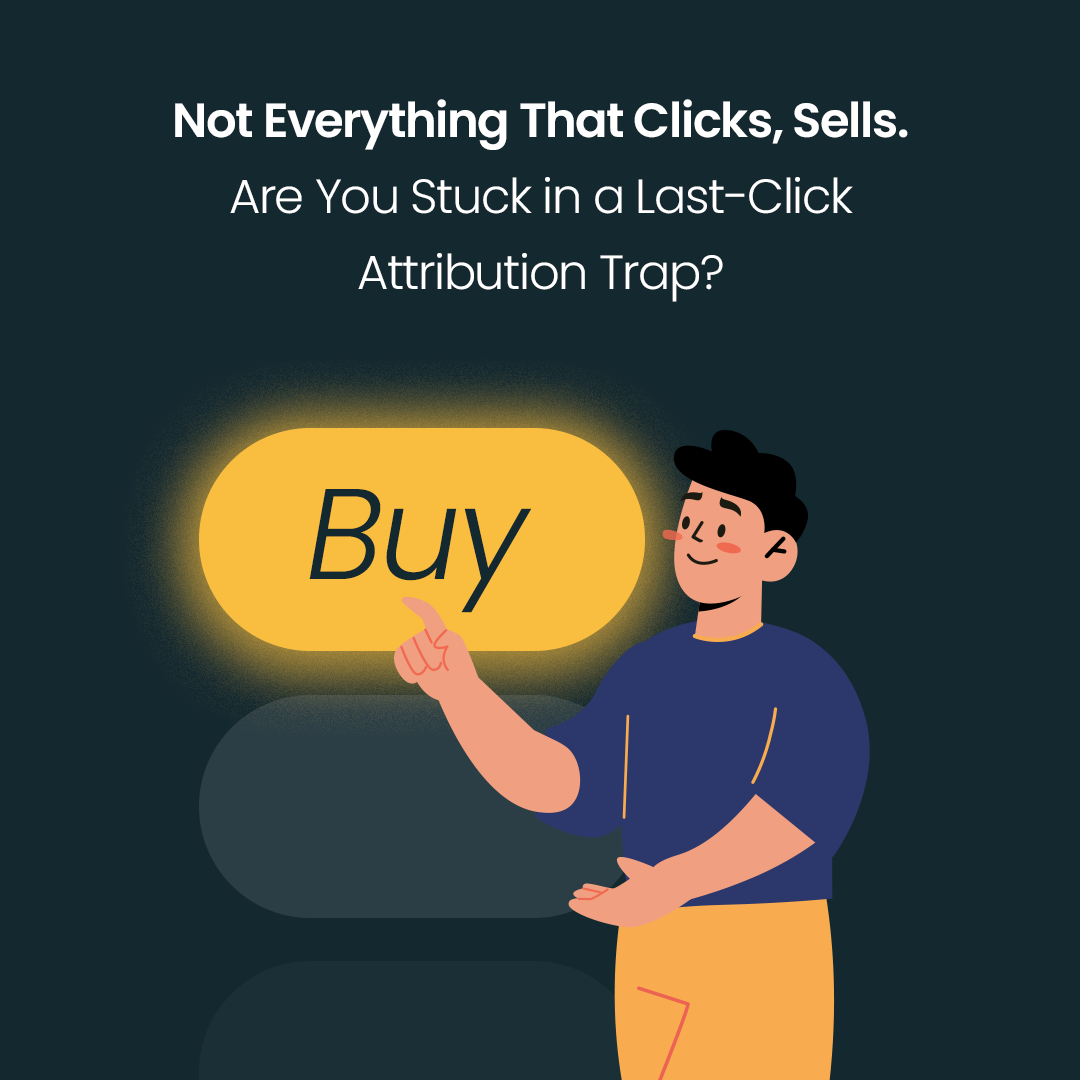Creative is the first element the recipient of an advertisement is confronted with. It is therefore not surprising that this element of an advert plays one of the key roles in its effectiveness. This is also confirmed by a number of studies, such as those from Nielsen, which confirm that the effectiveness of an ad can depend up to 65% on the design of the ad itself and its personalised message. The graphic design of the ad is therefore crucial, but so too, and above all, is the technological and analytical stack that enables its proper operation, optimisation and analysis of its results.
This is where the tools from Google Marketing Platform ecosystem comes to our help, offering extensive possibilities for personalising advertising, which can then be shown on different devices (cross-device) and environments (including mobile, desktop, connected TV).
Ad personalisation in GMP – where to start?
A precise definition of our expectations is the basis from which we should start here. It is on the basis of these that we will be able to better understand what components we need in order to achieve them, what the limitations are and what the possibilities are in terms of available technology and data, among other things. So let’s start by asking ourselves some basic questions:
Why do we want to use personalised advertising? What is the purpose here: business/marketing/media?
Why have we not implemented such advertisements so far?
Do we know how we can achieve our goal? What data, technology and settings will we need?
Only when we have answered these questions can we move on to the next step, which is to prepare a plan of action and the resources needed. It may be necessary at this stage to train our team in specific functionalities or to purchase access to technology containers, such as access to CM360 or DV360.
Let’s move on to the second key step in using personalised advertising in GMPs, namely understanding the potential of the data.
Personalisation of advertising in GMP, and the data & impact of the cookie world
Once we have a better understanding of our goals and capabilities, let’s move on to identifying the resources needed on the data side. Crucial when understanding the area of ad personalisation, is that what we present as an advertiser should be closely linked to, who we will be targeting, i.e. who our ad recipient is and what data we will use to reach them. In this aspect, the GMP ecosystem now offers us the opportunity to use a wide variety of advertising formats and, above all, the data and signals on which we will base a dynamic message.
In the area of data, we have 1st, 2nd and 3rd party to choose from, including free audience segments from Google, such as affinity and inmarket lists, among others. We can use 1st party data based on lists built directly in GMP (based on floodlight codes) as well as user lists from Google Ads or GA (GA4 and/or UA360 version). The important thing to remember is that not only can we target audiences from such lists, but we can also use them to exclude given audiences (e.g. when we are only looking for new users), or use the targeting expansion (soon to be replaced by optimized targeting) option to find new users, but with similar behaviour to our current users.
What about a cookieless world and the announced phasing out of 3rd party cookies in 2024 by Google?
In this scenario the usage of 1st party data will be even more crucial than today, as the personalization possibilities due to 3rd party cookies depreciation will be limited. Therefore, it’s really crucial for us to understand all of these limitations and prepare our creatives, technology and data strategy for this, including the preparation of our organisation to continue to collect 1st party data. In order to do this, measures such as the following will be necessary:
ensuring the user experience on the site is appropriate with clear information about what data we want to collect about them and why.
the use of AI and automation to organise data about recipients and further use in accordance with applicable law.
And many other possibilities, which are described in more detail here..
What creative formats in GMP allow for personalisation?
In order to adjust creatives to the data we use and the target audience, solutions such as data-driven creatives and dynamic creatives may prove crucial. With these, depending on the target group, it is possible to prepare a configuration in which the message on the creative will change for specific audiences without the need to physically prepare different versions of the banner. With such solutions, instead of manually preparing 400 creative variants, we can prepare one creative template which will dynamically create these 400 creative variants on the basis of available data in the feed. We will tell you more about creative formats themselves and their personalisation capabilities in the second part of this publication next week 😉
Is this solution right for your organisation?
Personalisation through the use of relevant data combined with appropriate ad formats, such as dynamic adverts, can work in almost any industry. Relevant messages, time savings and the ability to scale this solution are all benefits which advertisers can gain and which we will be writing more about in the next section. Stay tuned!
If you are looking for help in taking advantage of advertising personalisation opportunities in GMP, contact salestube, where specialists from various fields will tailor a suitable solution to your needs → hello@salestube.tech.






